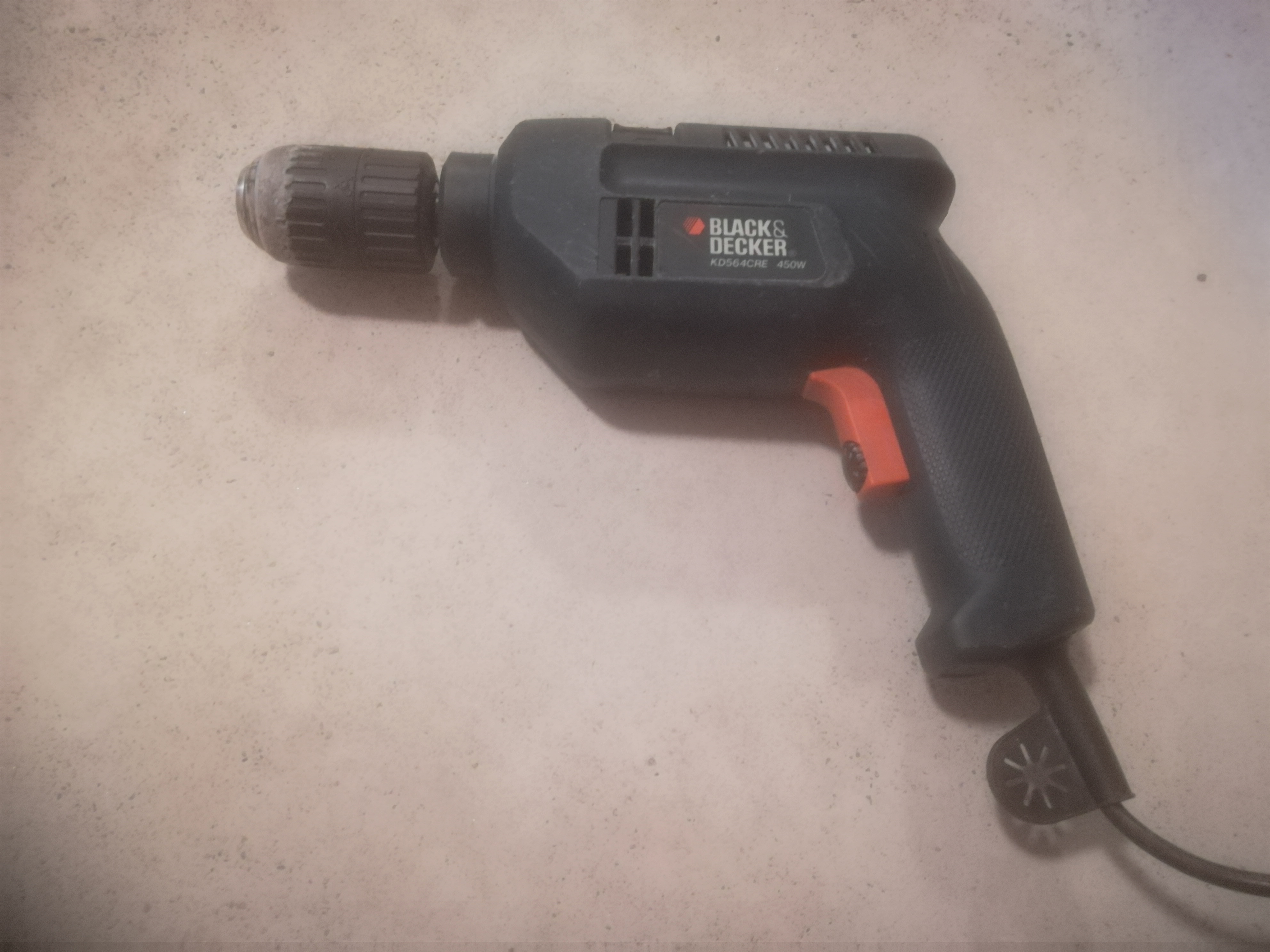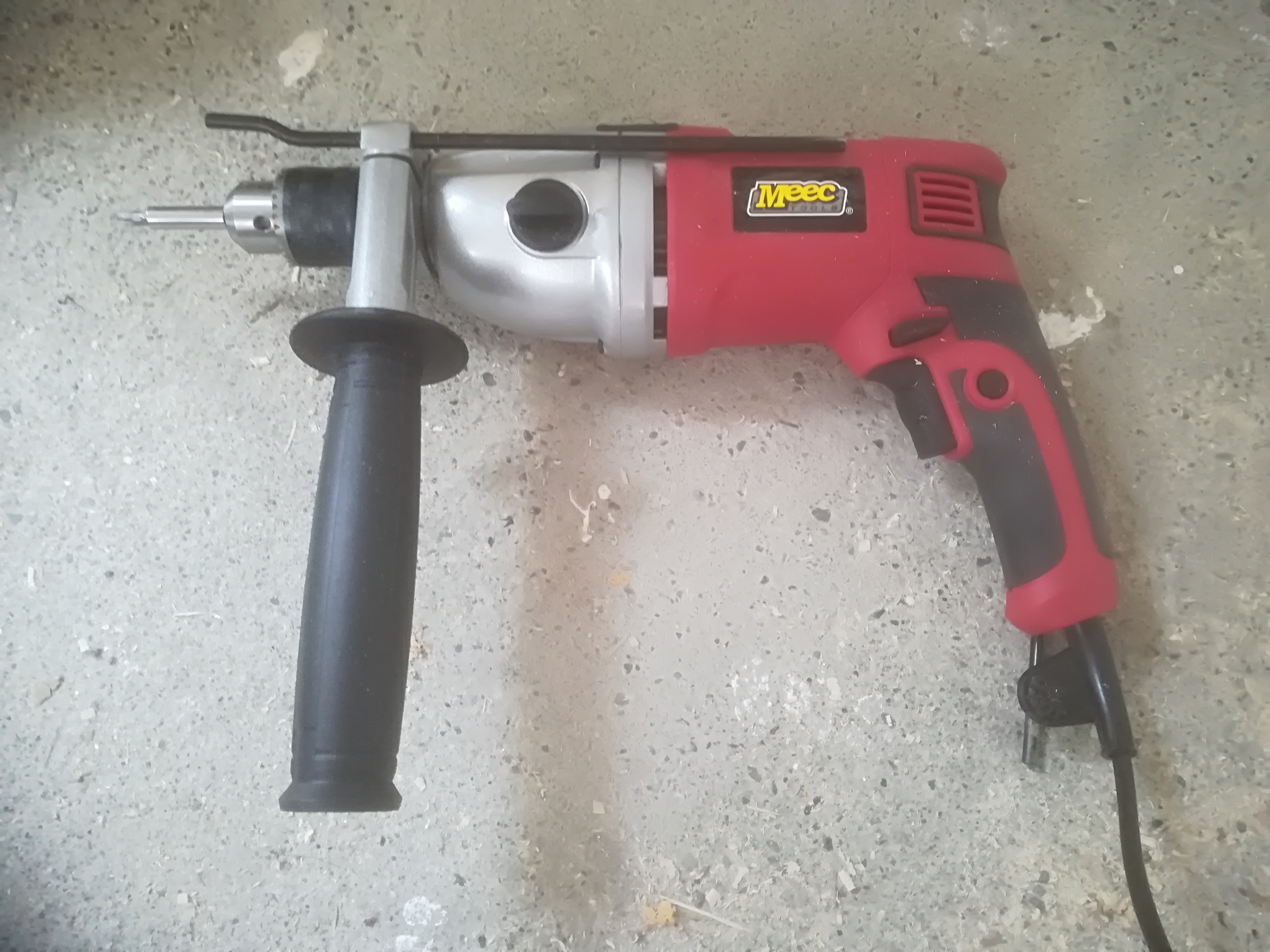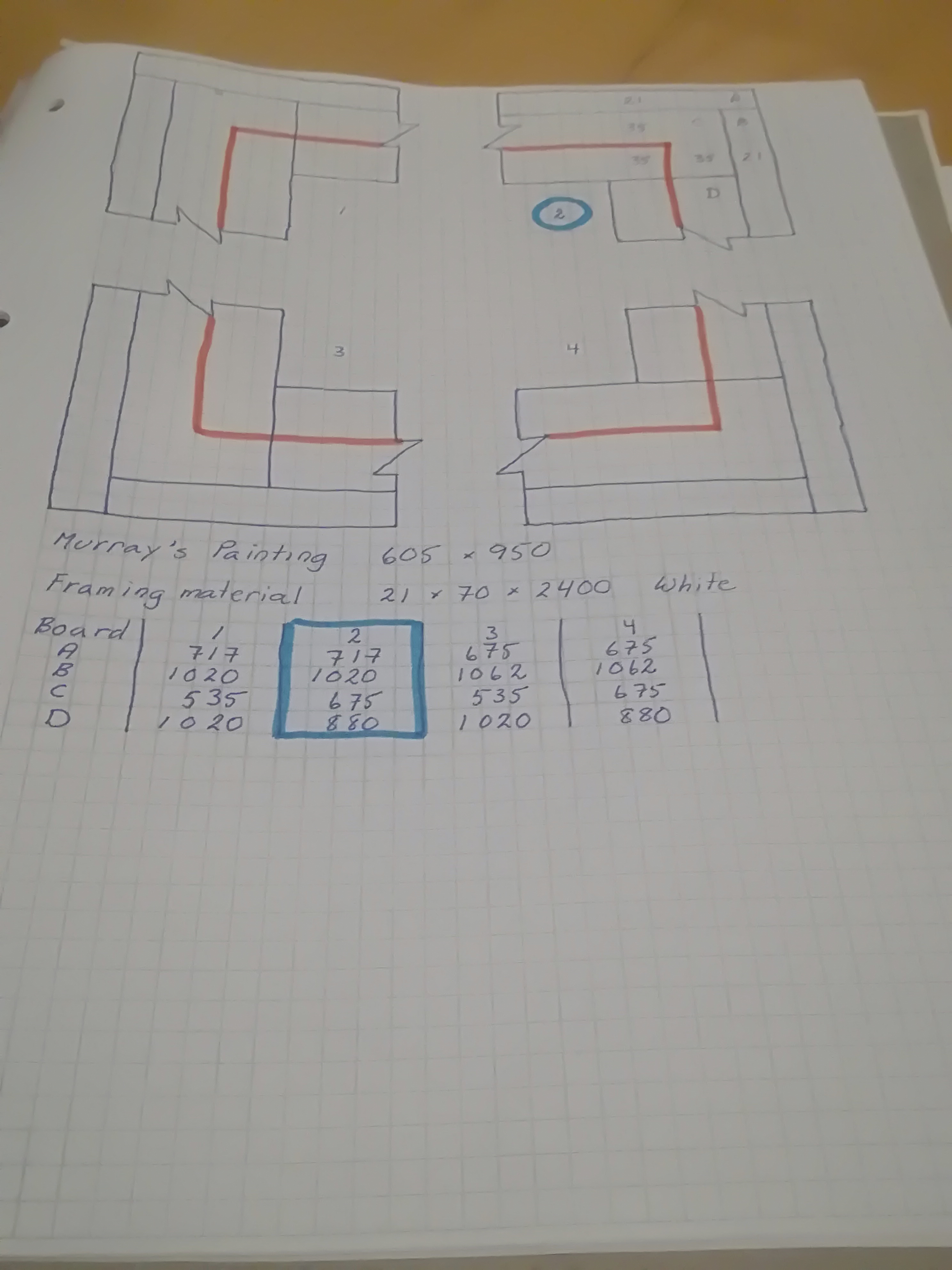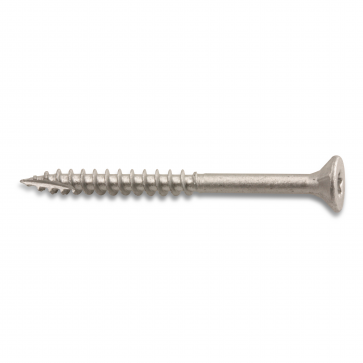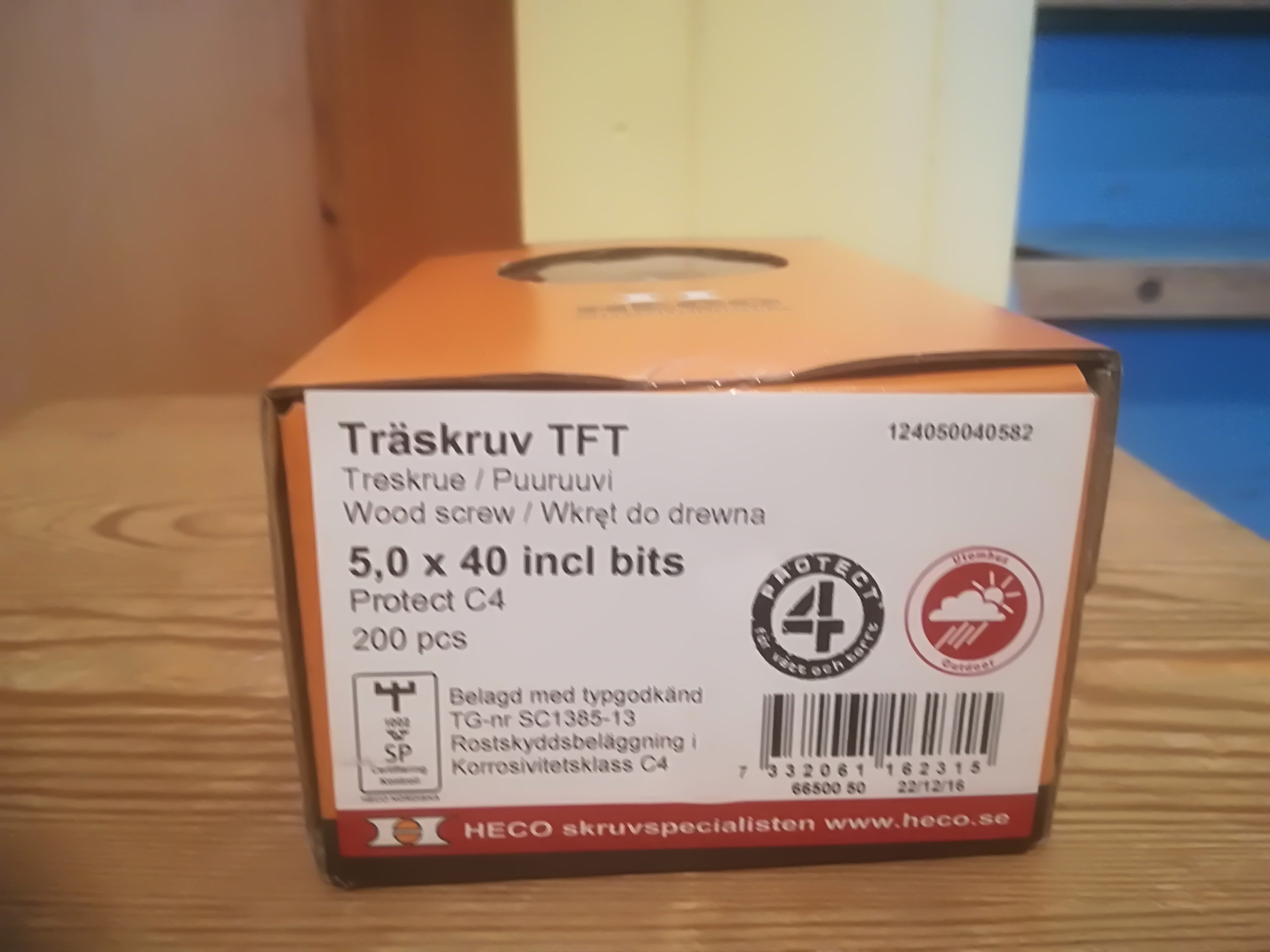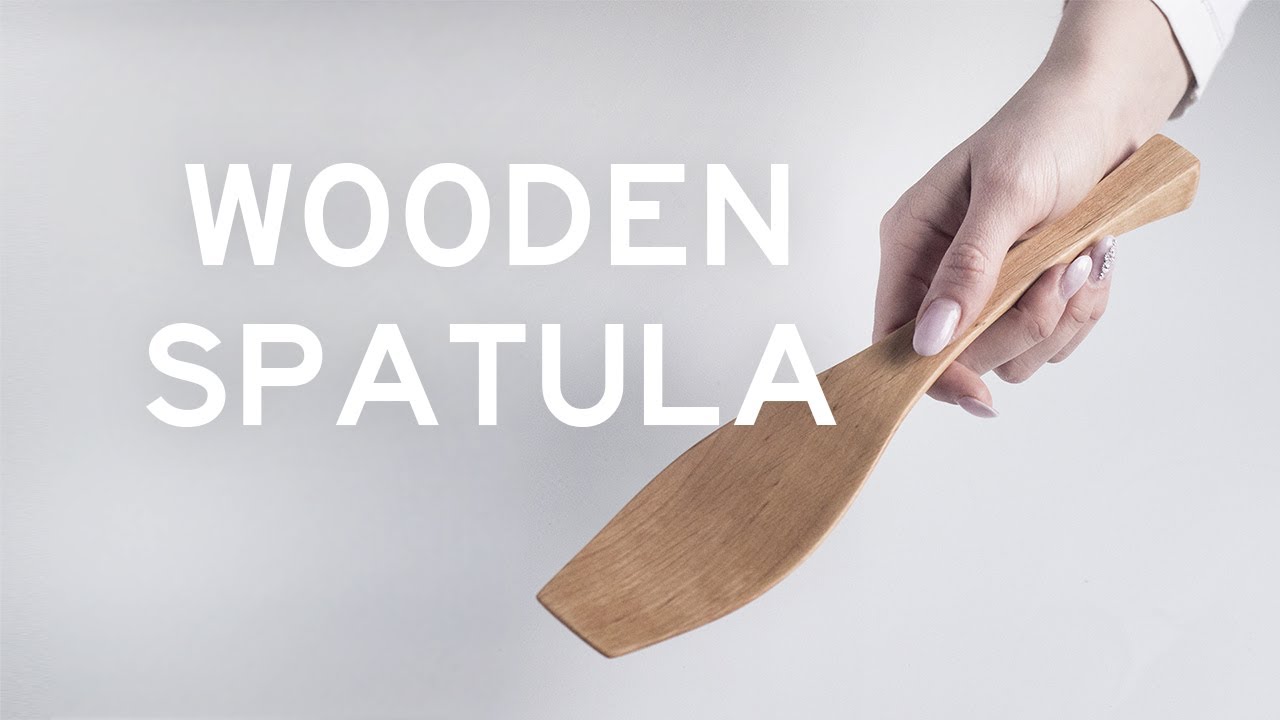Like health personnel, such as doctors and nurses, and chaplains, teachers are not employed directly by Norwegian prisons. Instead prisons are assigned qualified upper secondary school teachers, employed by and supplied by the relevant county. In other words, prison administrators have no say in who does the teaching, nor in what is taught. However, they do have a say in who can be taught.
This separation ensures that we, as teachers, are not compromised by being part of a prison chain of command. In practical terms, this means that while prison guards, administrators, kitchen and cleaning staff, have keys to open gates so they can drive into the prison, we professionals have to ask permission, every day, to enter or leave the prison. Our status is somewhere between that of inmates and prison staff.
I always enjoyed prison teaching. Yes, we spend more time than the average teacher drinking coffee, and there is a need for a form for gallows humour that comes with the job. We also have greater freedom to innovate. We are not only engaged in transferring skills and knowledge, but in encouraging a change in attitude. For example, many inmates engage in risky activities, reckless driving comes to mind. Sometimes, that risk affects them directly, but often it involves an innocent third party. One inmate with HIV, for example, was jailed for two years because he had unprotected sex with a series of women, who were unaware of his HIV status.
I spent a lot of time teaching inmates the fundamentals of ergonomics. It was one way to bring a discussion of risk into lessons. On one level, I wanted inmates to understand how society assesses risk, on another level I wanted them to reflect on their own risky behaviour, not by talking about a particular situation, but in more general terms.
Here are my lecture notes on risk, that I used for several years when teaching ergonomics.
Risk is the combination of probability and severity.
Living involves risk. At every turn something may happen that transforms the living you into a non-living you, or a healthy you into an incapacitated you, a damaged you or a worn (out) you.
Every day, you have to manage risk.
A risk is acceptable if it is understood and tolerated, usually because implementing an effective countermeasure is too expensive or difficult compared to expected losses.
A scenario is a pathway of events leading to failure.
A scenario has a probability between 1 and 0.
It is assigned a classification, based on the worst case severity of the end condition.
A system may have many potential failure scenarios.
Preliminary risk levels can be provided in a hazard analysis.
The validation, more precise prediction (verification) and acceptance of risk is determined in a risk assessment (analysis).
The main goal of both is to control or eliminate risk.
Managing risk involves six stages:
- Initiate an action plan
- Classify work activities
- Identify hazards
- Determine risk
- Evaluate associated risks
- Control risks
Action plan
|
Slightly harmful |
Harmful |
Extremely harmful | |
|
Highly unlikely |
Trivial |
Tolerable |
Substantial |
|
Unlikely |
Tolerable |
Moderate |
Substantial |
|
Likely |
Moderate |
Substantial |
Intolerable |
| Risk Level | Action & Timescal |
|
Trivial |
No action required and no documentary records kept. |
|
Tolerable |
No additional controls are required. Consideration may be given to a more cost-effective solution or improvement that imposes no additional cost burden. Monitoring is required to ensure that the controls are maintained. |
|
Moderate |
Efforts must be made to reduce the risk, but the costs of prevention should b e carefully measured and limited. Risk reduction measures should be implemented within a defined time period. Where the moderate risk is associated with extremely harmful consequences, further assessment may be necessary to establish more precisely the likelihood of harm as a basis for determining the need for improved control measures. |
|
Substantial |
Work must not be started or continued until the risk has been reduced. Considerable resources may have to be allocated to reduce the risk. Where the risk involves a work in progress, urgent action must be taken to allow work to resume. |
|
Intolerable |
Work must not be started or continued until the risk has been reduced. If risk reduction is not possible, then no work can be performed. |
A hazard is a potential to cause harm, including death, ill health and injury, damage to property, plant, products or the environment, production losses or increased liabilities, conditions that either exists or doesn’t exist (probability is 1 or 0, respectively). It may exist alone, in combination with other hazards forming events, that become functional failures or mishaps.A hazard analysis is a first step risk assessment process. Its purpose is to identify different type of hazards.
Hazard identification
- Comparative methods, such as checklists.
- Mathematical methods, such as deviation analysis.
- Failure logic, such as fault trees.
Hazard checklist
- Slippery or uneven ground/surfaces.
- Inadequate guard rails or hand rails on stairs;
- Person slips/falls on the level.
- Person falls from heights.
- Tool, material, etc.,falls from heights.
- Inadequate room dimensions.
- Manual lifting/handling of tools, materials, etc.
- Plant and machinery hazards from assembly, commissioning, operation, maintenance, modification, repair and dismantling.
- Transportation hazards involving vehicles as well as walking.
- Fire and explosion hazards.
- Violence.
- Inhaled substances.
- Eye damage from substances or activities.
- Skin damage from substances that come into contact with, or absorption through, skin.
- Damage caused by ingesting substances.
- Damage caused by harmful energies, including electricity, radiation, noise and vibration.
- Work-related upper limb disorders resulting from frequently repeated tasks.
- Inappropriate environments in terms of temperature and humidity.
- Inappropriate lighting levels.
Qualitative or Subjective Risk Assessment invokes judgement, without benefit of specialist skills or complicated techniques.
Quantitative or Probabilistic Risk Assessment (QRA or PRA) requires calculations of two components of risk (R): the magnitude of the potential loss (L), and the probability (p) that the loss will occur.


